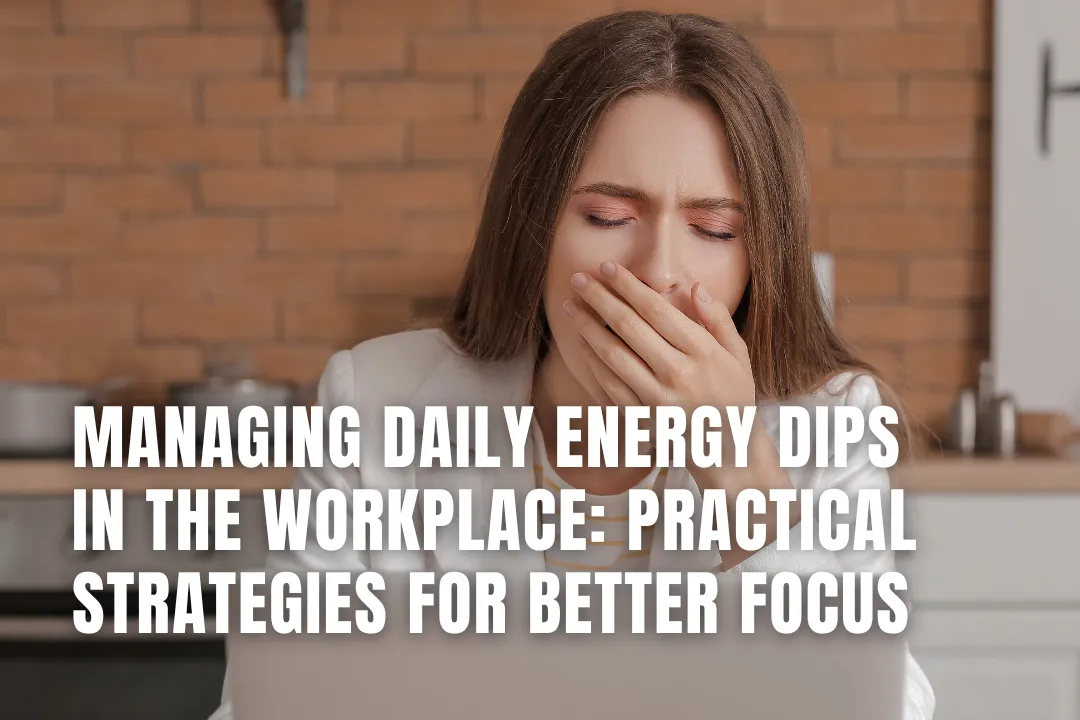
Midday fatigue is a common problem in offices of all types. Many employees report feeling alert in the morning, only to experience a noticeable drop in energy by early afternoon. These dips in energy can reduce productivity, impair decision-making, and increase the likelihood of errors. Fortunately, several practical strategies can help manage these slumps and maintain consistent performance throughout the day.

The body naturally follows a circadian rhythm, and one of the low points often occurs in the early to mid-afternoon. This dip is biologically driven and can be made worse by poor sleep, heavy meals, lack of physical activity, and stress. Recognizing this pattern allows employers and employees to plan tasks more effectively and incorporate habits that reduce the severity of the slump.
Many workplaces offer snacks and beverages through an office pantry, but the choices available can significantly influence energy levels. Sugary snacks and caffeinated drinks provide a short-term boost followed by a crash. Replacing these with options like nuts, fruit, whole grains, and water can promote more stable energy levels. Encouraging healthier selections within reach gives employees a better chance of maintaining focus throughout the afternoon.
Not every task requires the same level of concentration. High-focus activities should ideally be scheduled during peak alertness hours, often in the morning or shortly after a break. Lower-effort or routine tasks, such as emails or data entry, can be shifted to the post-lunch period. Time-blocking based on natural energy fluctuations allows individuals to work more efficiently without forcing productivity during their most sluggish hours.
A sedentary work environment can make afternoon fatigue worse. Short breaks that include movement, such as walking around the office or light stretching, can improve circulation and reset attention. Exposure to natural light, or even stepping outside briefly, helps regulate circadian rhythms and improve mood. Encouraging periodic breaks rather than long, uninterrupted work sessions can result in more sustained energy levels.
Dehydration is a common and often overlooked cause of low energy. Providing easy access to water throughout the office and reminding employees to stay hydrated can make a measurable difference. Lunches high in refined carbohydrates and low in protein or fiber tend to lead to energy crashes. Encouraging balanced meals that include complex carbohydrates, lean proteins, and vegetables can support better energy management.
Work environments that discourage breaks or reward constant availability may unintentionally reduce long-term productivity. Supporting brief pauses, flexible scheduling where possible, and open conversation about energy management can lead to healthier work habits. A workplace that recognizes human limits tends to experience fewer performance issues linked to fatigue.
Managing daily energy dips is not about eliminating them entirely, but rather about making adjustments that align with how people function best. Small changes in food options, scheduling, movement, and hydration can create a workday that feels more sustainable and productive for everyone. For more information, look over the accompanying infographic below.
.webp)